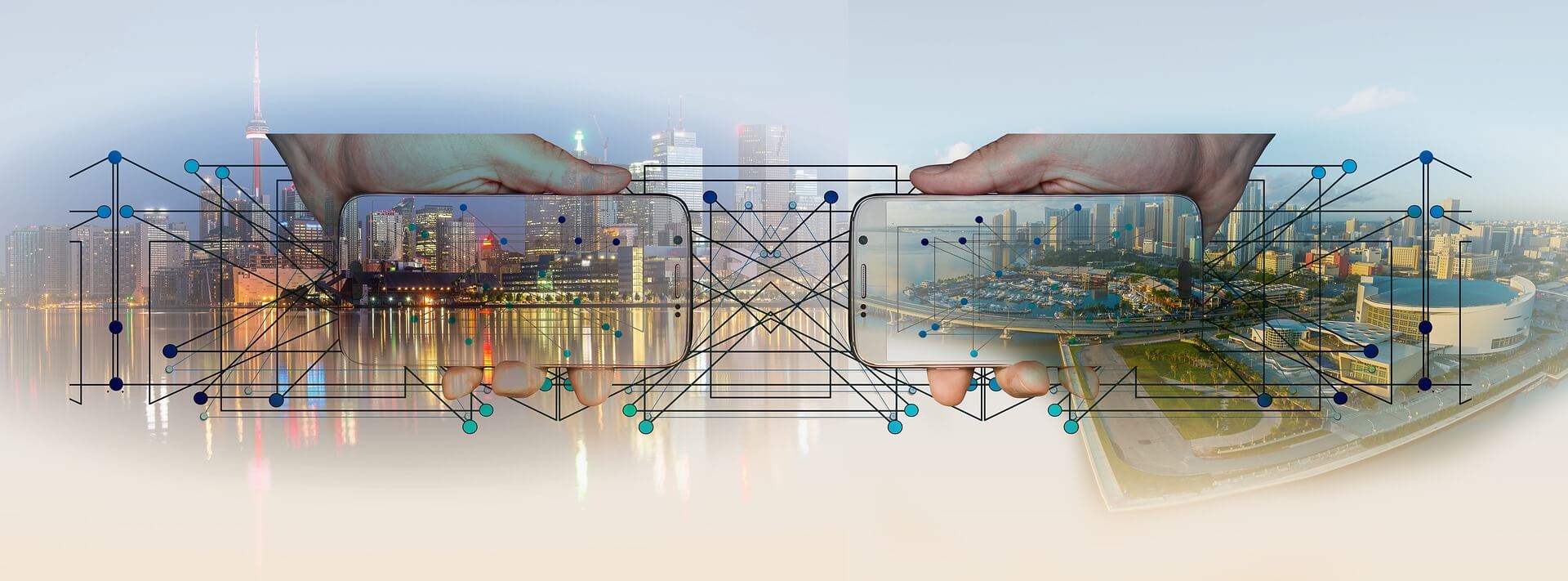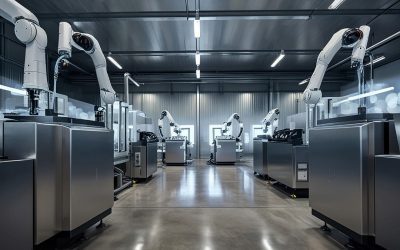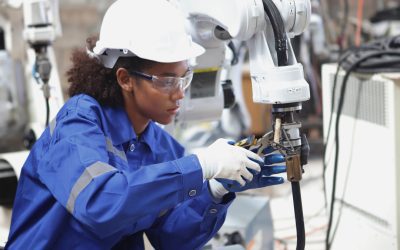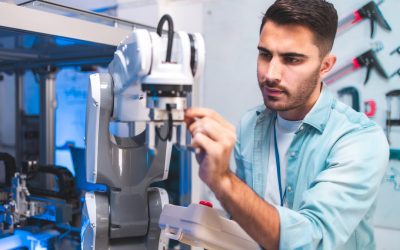Traditional automation is ingrained within manufacturing, but the future is smarter. A Smart factory is connected in every sense and this enables real time communication between systems and operators. Industry 4.0 is upon us and it is revolutionising manufacturing. In this post, we will explore how and why you need to be smart.
The lines between the digital and real world are becoming more and more blurred, both in our everyday lives and in industry. A modernised smart factory has the capability to integrate all the constant streams of data available and learn from itself, adapting to improve efficiency and to manage new demands.
Most manufacturing companies that embrace this technology are doing so piece by piece, using elements of smart factory technology for specific tasks such as advanced planning, inventory or AR maintenance. Although these leaps are significant to the individual business, they are far from utilising the full potential of Industry 4.0.
As the revolution unfolds and fully integrated smart factories are more common, people will begin to see their holistic nature. A smart factory is fully connected and this even extends beyond the shop floor, integrating the entire process from build to delivery.
To many in the industry, this shift seems too big but as technology develops and becomes more accessible, it is becoming more mainstream and the benefits are becoming clearer.
Smart people
A smart factory is not complete without smart people. There is a common misconception that human intervention is no longer required but it is, in fact, essential. The skill set required is different and specialised but still relevant.
Smart distributed intelligence
The components in a smart factory have the ability to make independent decisions to perform their specific tasks to the highest most efficient standard. They can adapt to changes in requirements easily and autonomously.
Smart management of digital equipment
As data is constantly being collected, stored and shared, the smart equipment is monitoring itself at the same time as the processes. There is no margin of error and when digital resources underperform they either make autonomous adjustments or bring attention to the failings so it can be replaced or repaired. This system is quick and efficient, another example of how it is smart to save the company time and money.
The flexibility of a smart factory and its ability to self optimise in real time is its biggest asset as it provides the potential to make huge efficiency savings for the company. The products manufactured would be done so in the quickest possible time, with the mininal of resources at the highest level of quality.
What’s more, the smart factory is constantly evolving, by its very flexible nature it makes room for new technology, research and development. The smart factory doesn’t just represent the future, it is the future.




